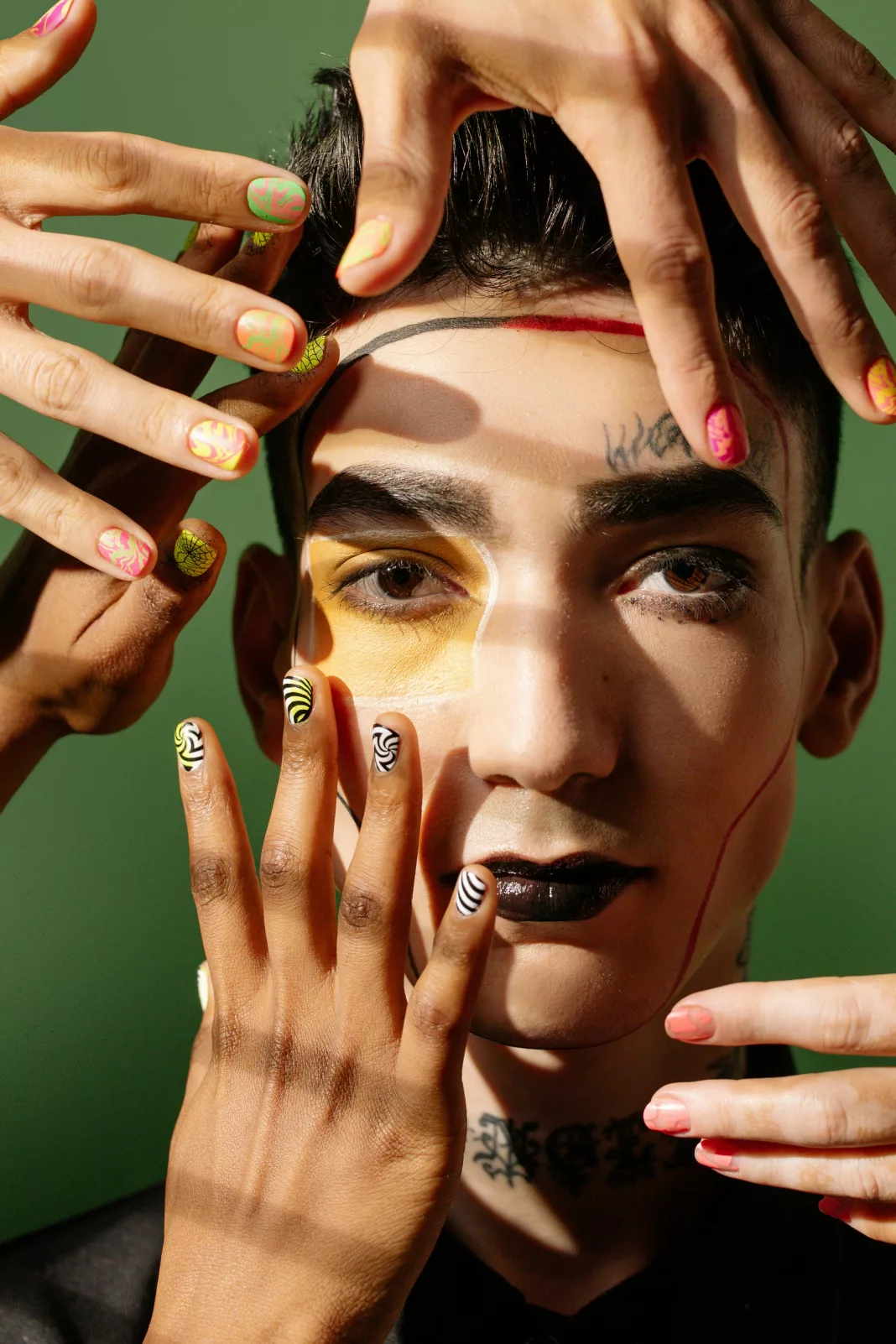Nail art has truly taken the world by storm. With over 233 million people sharing their designs with #nails on Instagram, it is clear that this is not just a passing trend. In fact, it is one of the oldest trends to ever exist! Dating back to as early as 5000 B.C, the evolution of nail art is a fascinating exploration of beauty standards through the ages. What is now an obsession with bejewelled acrylics, relaxing manicures and intricate gel designs began as an expression of complicated social expectations. When we delve into this complex history, we uncover the deep political entanglements that come with this ancient trend. It is not as pretty as a pedicure!
Surprisingly, nail art began in an era that was almost as dominated by beauty standards as the one we live in now: ancient Egypt. Henna was used on the hands and nails as not only a way to display status amongst the elite, but as a natural supplement, believed to have medicinal qualities. Women of the lower classes used more neutral shades, while the upper classes had access to deeper, brighter shades that conveyed seductiveness and wealth. This is where nail art’s association with femininity began.
However, nail art was not exclusive to women in every ancient culture. Male soldiers in Babylonia adorned their nails with black and green kohl as a symbol of ferocity. Archaeologists have even uncovered a manicure adorned with solid gold dating back to this period. In the 21st century, precious metals and gemstones are employed as a fancy decorative feature, but they were originally used as a weapon in these ancient wars.
The first recorded instance of nail art as we see it today was actually the Inca Empire. Spanning across the 15th and 16th century, the Incas painted their nails with eagles. Although this had much more societal significance than the cartoons we often see nowadays, these intricate and tiny designs have hugely impacted the modern industry.
A fascinating figure in the history of nail art is the Empress Dowager Cixi of China. During her reign from 1825 to 1908, she was instantly recognisable with her 6 inch long, decorated nail guards, made of solid gold and jewels. These protected her long nails, which were a symbol of her wealth as they indicated that she did not take part in manual tasks that would easily cause breakages.
The manicure as we know it today stemmed from a European podiatrist, Dr Sitts, who adapted a dental tool for use on nails. This created what we know today as the orangewood stick, a staple tool in any modern nail technician’s toolkit. Sitts’ niece then expanded upon her uncle’s invention, creating a full nail care system and reaching the USA. Salons started to become more mainstream around this time, allowing nail care to become accessible to a wide range of demographics and social classes. Apart from salons, many started doing their nails at home as the first nail varnishes began to hit the consumer market.
The first modern intricate nail designs began with the advent and emergence of acrylic nails in the 1950s. Acrylic nails in the USA quickly became a sign of femininity and style amongst African American women. Donyale Luna featured acrylic nails on her 1966 Vogue cover; she was the first Black woman on the cover of Vogue. Acrylic nails evolved along the disco culture of the 1970s as artists like Donna Summer, Diana Ross and Millie Jackson sported bright red acrylic nails as part of their style. When Florence Griffith Joyner, a former nail artist, won Olympic gold wearing six inch acrylic nails, news headlines were abuzz with discussions of how her nails matched her running gear. Bright and intricate nails were not yet in the mainstream, therefore Joyner’s nails became a big focal point of her Olympic journey.
Nail art’s popularity was once again boosted by musical artists in the late 1990s and early 2000s as rappers like Missy Elliot and Lil Kim were seen with acrylic nails in their music videos and concerts. Nail art now is more varied and popular than ever, especially with the rise of social media, as everyone from at home nail enthusiasts to celebrity nail technicians can share their art with the world. Everywhere from Pinterest to Instagram to TikTok is filled with nail inspiration; there is no shortage of designs for every type of person.
Clearly, the history of nail art is more complex than a gel manicure! It has represented social and cultural values for millenium, before becoming a stellar industry in the 20th century. Much like classical art has developed over time, nail art is constantly evolving and will certainly have a fascinating future.


